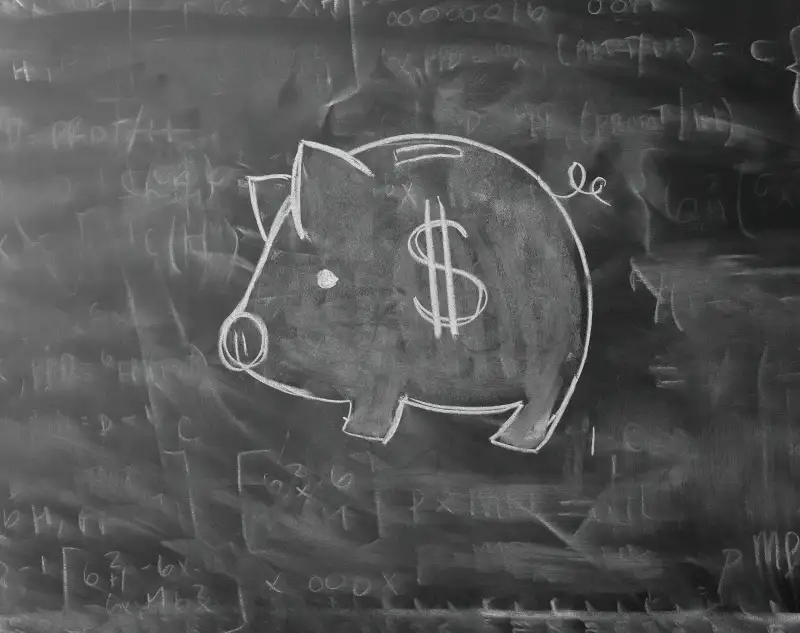This Is What Separates the Most and Least Money Savvy States

Virginia and Kansas serve as a microcosm for the chaotic nature of financial education in this country. Virginia ranks in the top 10 and Kansas the bottom 10 of states with a financially astute population, according to new research. As it happens, the two have diametrically opposing views on financial lessons in the classroom.
Virginia just graduated its first high school class with a required course in personal finance. The state also requires an economics course, and it tests for achievement. “Virginia’s class of 2015 enters the real world with a comparative advantage,” Nan Morrison, CEO of the Council for Economic Education, told me this summer.
Kansas, on the other hand, has no such requirements and does not even dictate that an economics or personal finance class be offered as an elective. In a statehouse showdown last year, opposing lawmakers derided financial education as an unfunded mandate that infringed on the rights of individual school districts. To make their point, these lawmakers argued that kids would be better off learning a confident handshake—and succeeded in adding that to a bill that would require such instruction.
For the record, Kansas rates sixth worst among the 50 states in terms of general financial capability, according to a ranking from GoBankingRates.com, a financial firm. Virginia rates fifth highest. This ranking looks at many factors, including access to traditional bank accounts and how many residents have emergency funds, stay current on debts, and resort to high-fee payday loans.
Also taken into account were the states’ various approaches to teaching young people how to budget, save, invest and perform other routine financial tasks. So states like Virginia, with required and measured financial education, were one step ahead of those without similar mandates.
But that’s probably the case even if financial education programs were not measured. Why? States that teach youngsters about money are also less likely to have populations broadly using payday loans and making other basic personal finance blunders, the survey shows.
Take North Dakota, which ranks at the very top of financially savvy states. It is among only a handful of states that requires high school students to pass both a personal finance and an economics class. Is it coincidence that the state rates at or near the top of every category examined in the study?
North Dakota has low rates of personal bankruptcy and debt delinquency and a high rate of households with an emergency fund. The state has fewer underbanked households than most states and a high portion of households with a savings account.
Education doesn’t guarantee success, and not having a program doesn’t doom a state to failure in this ranking. But six of the top 10 states require an economics class, and the same number require a personal finance class. Among the bottom 10, just three require a personal finance class and five an economics class.
Dead last was Mississippi, which requires an economics course but not one in personal finance. Mississippians struggle most with saving and investing, and households in this state have the lowest rate of investments and highest percentage with no emergency fund.
Read next: New Findings About Kids and Money That Your School Can't Ignore
